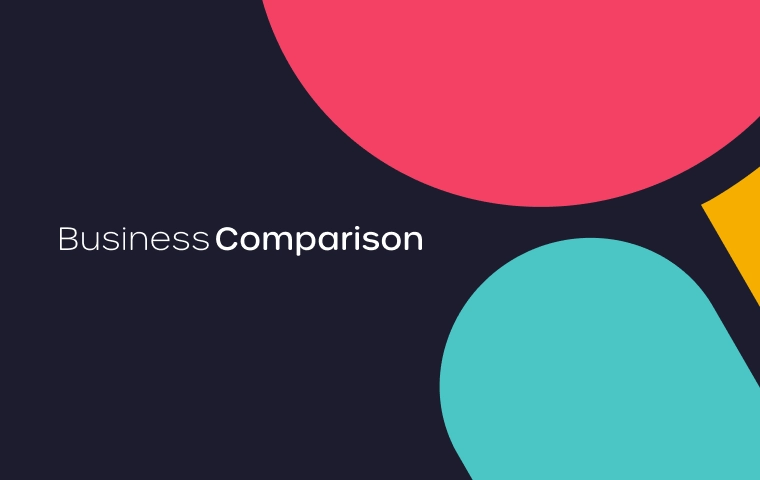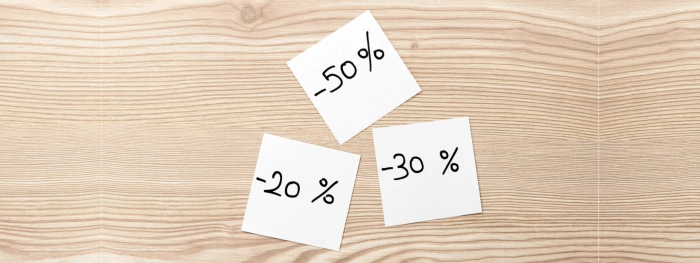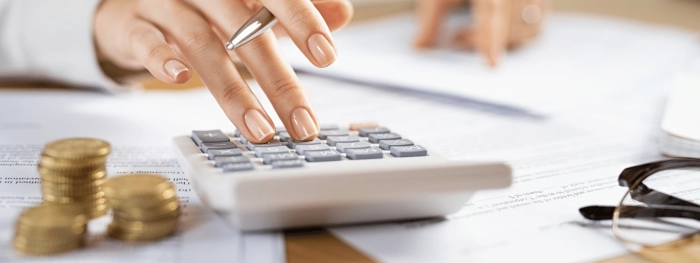
Implemented by the UK Government but operated on a local council basis, Small Business Rates Relief provides small business support to those adversely affected by factors outside their control. But what is it, how does it work, and who's eligible? This guide explains everything you need to know about Small Business Rates Relief.
Who's Eligible for Small Business Rates Relief?
According to the gov.uk website, your business can claim Small Business Rates Relief if you meet the following criteria:
-
Your property’s rateable value is less than £15,000
-
Your business only uses one property - you may still be able to get relief if you use more
If you meet the above criteria, you will need to contact your local council to apply for Small Business Rates Relief.
What is a Property Rateable Value?
The Valuation Office Agency (VOA) provides your rateable value based on your property’s open market rental value for either of the following periods:
-
1 April 2015 for the 2022 to 2023 tax year
-
1 April 2021 for the 2023 to 2024 tax year.
What is an Open Market Rental Value?
Put simply, your business property's open market rental value is an estimate of the best annual rent at which it could reasonably be let. This value applies to the property as if it was being let on the open market. Accordingly, the valuation applies to the date it's reviewed by a landlord.

How Much Small Business Rates Relief Can you Receive?
If your property has a rateable value of £12,000 or less, you will not pay any business rates. Concurrently, for properties with a rateable value of £12,001 to £15,000, the relief rate will go down gradually from 100% to 0%.
For example, if the rateable value of your property is £13,500, you would receive 50% off your bill. However, if your rateable value is £14,000, you would receive 33% off.
How to Apply for Small Business Rates Relief
If your business meets the eligibility criteria for Small Business Rates Relief, you can easily apply via your local council. Each council will have full details on how to apply. You can contact your local council using the gov.uk contact form to get small business help.
What Happens if Your Business Occupies Two Properties
If your business occupies a second commercial property, you can continue to receive any existing relief on your main property for one year. After this period, you may still be entitled to a Small Business Rates Relief on your main property, so long as you meet both of the following criteria:
-
The rateable value of any of your other properties doesn't exceed £2,899
-
The combined rateable value of all your properties is below £20,000, or below £28,000 if your properties are in London.

How Small Business Rates are Calculated
Whether your small business qualifies for Small Business Rates Relief, how your local council calculates your rates depends on the rateable value of your property.
-
Property rateable value of less than £51,000 - your bill will be calculated using the small business rate multiplier of 49.1p.
-
Property rateable value of more than £51,000 - your bill will be calculated using the standard business rate multiplier of 50.4p.
Please be aware that these business rate multipliers are likely different in the City of London.
What to do if Your Business Isn't Eligible
If your small business isn't eligible for Small Business Rates Relief, there are options available to you to improve your finances.
Consider a Business Loan
A business loan can effectively ensure your business has enough capital to cover your expenses or fund a growth period. If you're considering a business loan, it's essential to compare the options available to your business. You want to ensure you get the best rate with lending options that meet your business's requirements.
Unlock the Value of Unpaid Invoices
If your business issues invoices, you may find invoice finance is an effective way to access revenue. Through invoice finance, you sell unpaid invoices to an invoice financing company. They'll pay most of your invoice value upfront, paying the remainder to you (minus their fee) once your customer pays the total invoice amount.
Invoice finance (also called debt factoring) is an effective way to improve cash flow, but it also frees up your time, as you don't have to chase unpaid invoices.
Compare to Save Time and Money
At BusinessComparison, we want to see small businesses succeed. We do this by making it easier to find the best deals on finance, banking, insurance, energy, telecoms and payment solutions through our comparison service. It's free to use and only takes a few minutes; find out how we could save your business time and money.
What Can We Help you Compare Today?
We help you compare a range of essential business products and services. Save time and money with BusinessComparison by comparing today.











.jpg)



